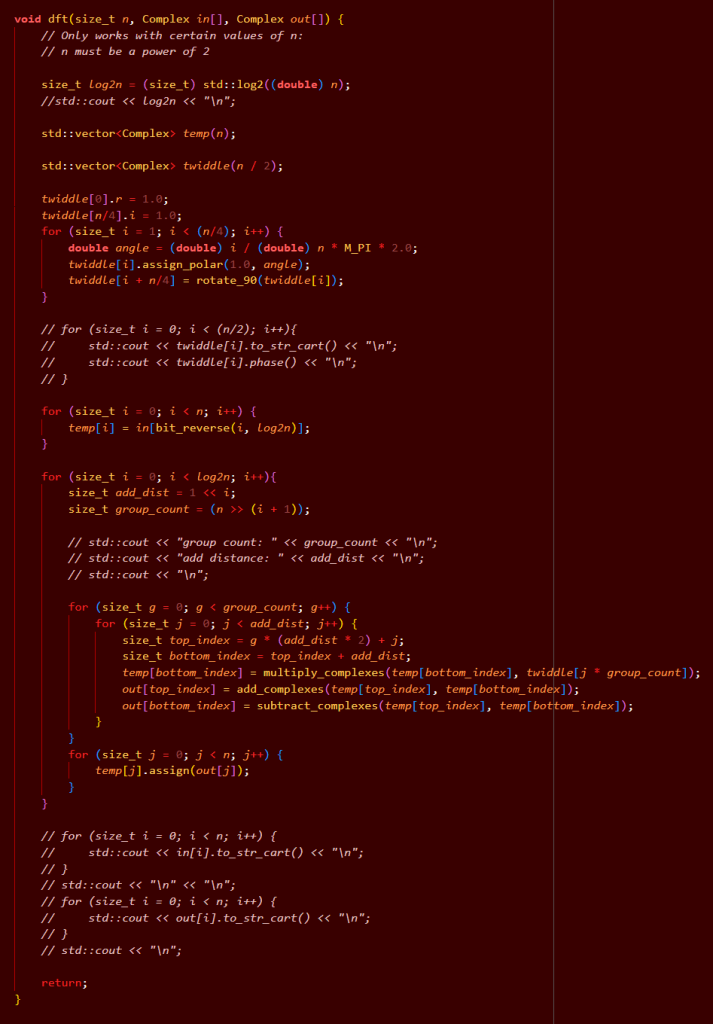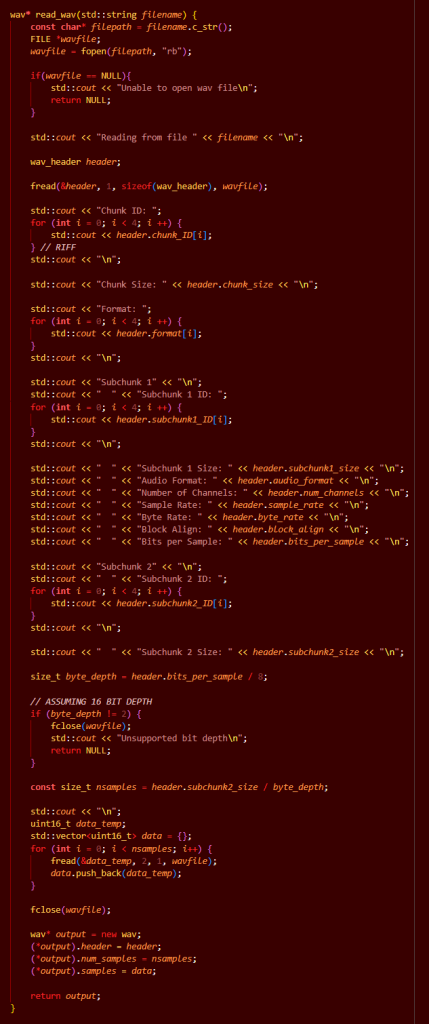Our biggest risks remain that any of our components do not function. Thankfully, the Daisy Seeds have arrived, and they have no apparent issues, so we have a microcontroller and a backup. However, we still have more components that have yet to arrive. We have configured a list of materials that we will order, and we plan to test them rigorously so we know that they function as intended.
This week, our design has stayed more or less the same. We have configured some finer details, including the size of the PCB that will be housed in the pedal.
Our schedule has not seen significant changes. Some issues have pushed work into slack time, so we are somewhat behind schedule, but our order of operations remains the same.
Part A (Chaitanya Irkar):
When designing and conceptualizing our pedal, one of my primary initiatives was to deliver a compact, easy-to-use product that could be enjoyed on a global level. We understood that not all consumers of our product will have access to the same high-quality resources available to us as CMU students. Emphasis on portability removes an physical restrictions for transporting or even delivering the product to individuals around the globe. It can also easily be shared by bandmates, gifted to friends, and easily stored in any environment, making it catered to individuals of all musical backgrounds. We also spent a significant amount of time designing our pedal interface (knobs, switches, buttons) to make it easy to adjust and view pedal settings. The only “complex” component of our design are the pcb board and Daisy microcontroller. These components will be hidden inside the pedal casing, limiting access to any harder-to-use parts. While our product does promote usage amongst people all over the world, it does require a power supply which could serve as an obstacle for users in areas of unsteady electricity. Such a factor is difficult to mitigate in the context of a guitar pedal design due to the necessity of a power supply to operate. However, we hope that our basic user-interface and other design choices will compensate for any other shortcomings outside of our control.
Part B (J. Frantz):
Our pedal will allowsfor users to subdivide the repeat period into either four or three portions, matching how most contemporary music uses binary or ternary meters. These encompass the most simple divisions of time in music, and there will be a wide range of customization granted by allowing the user to select a meter.
Notably, our pitch-shifting is planned to use 12-tone equal temperment tuning in order to calculate the intervals. This is a standard that is used throughout most contemporary music today, but this is not the only tuning system that exists. Microtonality is prevalent in genres like Indian classical music, but our pedal’s pitch-shifting will not account for this.
These simplifications are design choices made with a semester’s scope in mind. Our primary goal is to make a device that is useful for a wide range of musicians, and we wanted to keep our design simple enough. Allowing for a wider range of meters and tunings is a possible goal for further improvements beyond our capstone.
One important cultural factor to consider is that the general public would not like to be subjected to excessive noise. Therefore, in our delay mechanism, we will restrict the amplitude scalar for each successive delay to be not more than unity. This will ensure that the input sound will not grow exponentially loud and harsh for people in the vicinity.
Part C (Nick W):
The main environmental considerations for our project come in production and the energy efficiency of operation. For production the main concerns are the materials used, and how they are produced. Considering this, we are using mass produced interface parts, which don’t have much environmental impact, 3D printing our casing to minimize waste, and using a standard PCB manufacturer, but would likely search for an environmentally friendly manufacturer if these were mass produced. For energy efficiency, we can’t save power in many places since we need most components to be on while the effect is active, but we will turn off some parts such as the screen when the effect is off.


